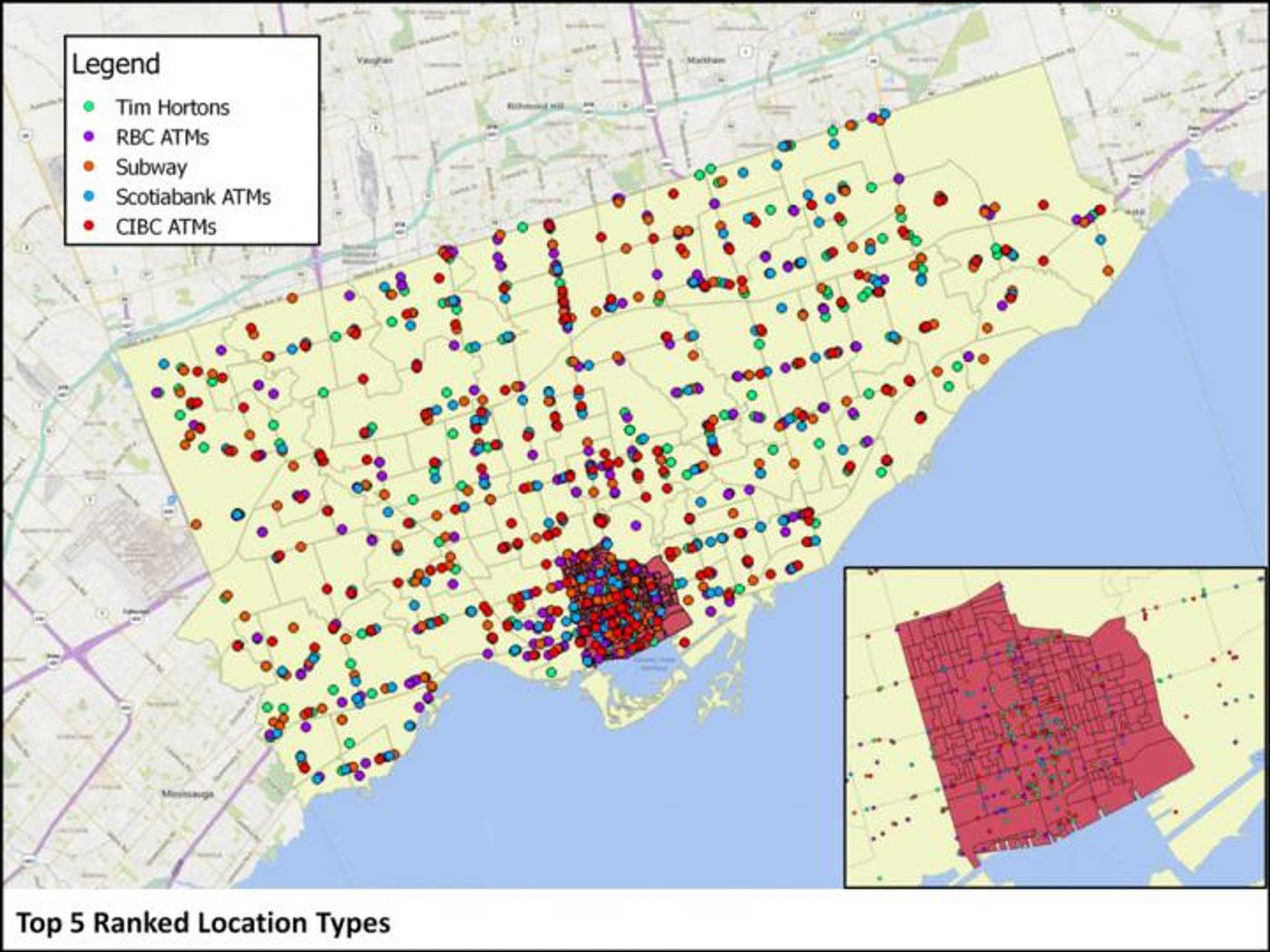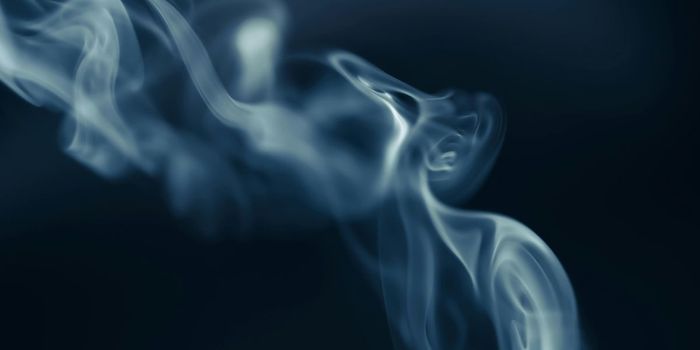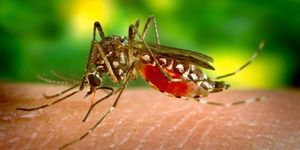Coffee Shops and ATMs Are the Best Places for AEDs
Unlike other heart complications, cardiac arrest patients can be treated just as well by whoever is closest to the situation, regardless of their medical training status. Instead of waiting for an ambulance to arrive when someone goes into cardiac arrest, an upstanding citizen at the scene could help, but only if an AED is nearby.
An AED, or an automated external defibrillator, is a portable device that supplies an electric shock to the heart to restore its normal, healthy rhythm. This is vital, because cardiac arrest means the heart has suddenly stopped pumping.
Cardiac arrest can lead to death in a matter of minutes. As each minute goes by after a person goes into cardiac arrest, their chance of survival decreases by ten percent. A person in cardiac arrest stops breathing and becomes unresponsive. For more on the cardiac arrest and how it is different from a heart attack, click here.
With the intention of identifying the locations where AEDs would be the most valuable, Toronto researchers compiled a list of businesses in the city with at least 20 locations. Next, they calculated the number of cardiac arrests that had occurred with 100 meters of each location during each individual business’s operating hours. With that calculation, they assigned each location with a value they called the “spatiotemporal cardiac arrest coverage,” and with the group of values they created a “Top 10” list of best AED spots.
Among the top 10 were ATMs and coffee shops. “ATMs, as opposed to the more traditional businesses, are often standalone or outdoors, and are often available 24/7,” explained professor Christopher Sun, one of the study’s leaders. “They're also universally recognizable and already have an electronic and security infrastructure.”
Sun and the study’s second leader, professor Timothy Chan, hope that their findings will encourage health organizations, foundations, and policymakers to consider their findings when developing public access defibrillator programs. Chan also has research underway studying the potential of other ways to gain access to AEDs, including AED-delivering drones.
“Finding out the best placements for AEDs is so important," said Sun. "We have the opportunity to save lives based on our level of preparation and organization."
Sun’s study was recently published in the journal Circulation.
Sources: National Heart, Lung, and Blood Institute, University of Toronto Faculty of Applied Science & Engineering
-
MAY 07, 2024Is It Anti-RNP or Anti-Sm/RNP?
- See More
-
APR 30, 2024Immuno-Oncology Virtual Event Series 2024
-
MAY 07, 20243rd International Biosecurity Virtual Symposium
-
MAY 23, 2024For the Love of Digital PCR 2024
- See More


















































